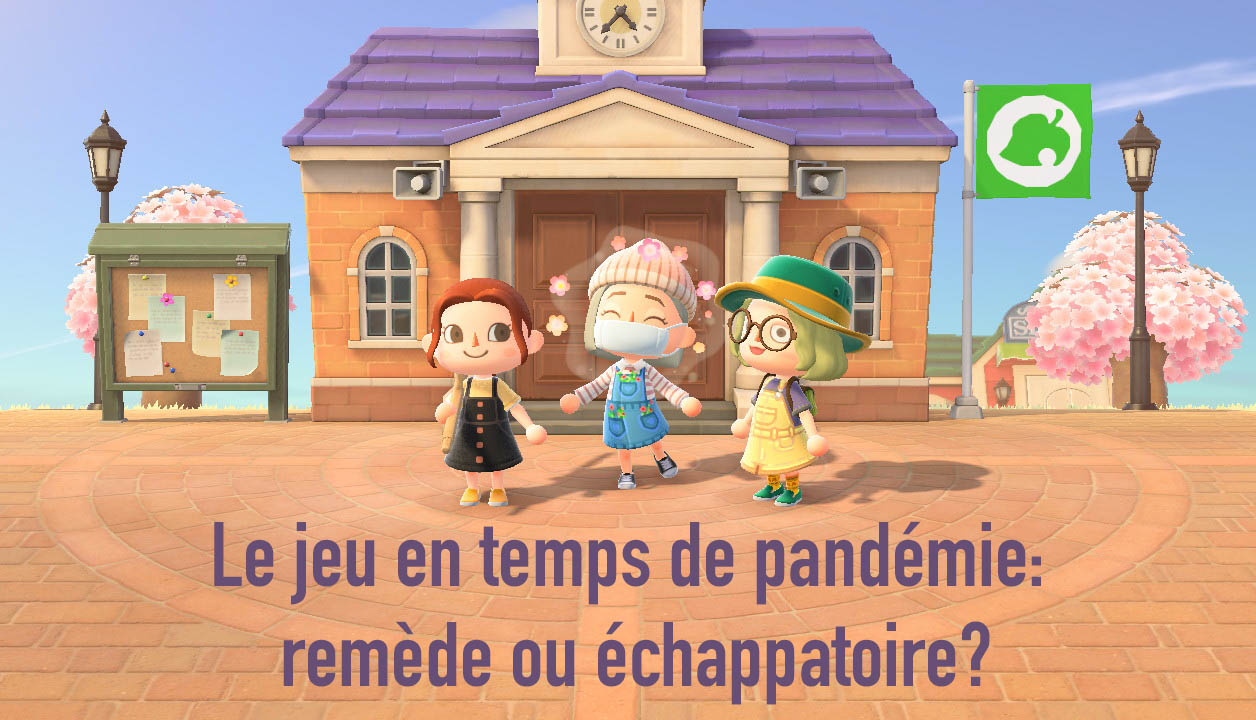Le paradoxe de la réclusion heureuse en temps de confinement
Design d’environnement et claustrophilie dans Animal Crossing: New Horizons
Keywords:
videogame, lockdown, environment design, Animal Crossing: New HorizonsAbstract
Game studies have long considered the navigable space of video games through the lens of compensation, as if they were filling an “appetite for space” frustrated by our contemporary urban lifestyles. In this article, we challenge this psycho-cultural function of video games in light of the phenomenal success of the game Animal Crossing: New Horizons during the lockdown associated with the COVID-19 pandemic. At a time when our relationship to space was more in crisis than ever, and when navigational constraints were at their height, players favored a playful space that seems the exact opposite of open worlds. To explain how this game’s space has been invested by the players during this period, we conduct an analysis of its environment design based on four concepts: the idea of space-refuge, of microcosmic, of cosmetics, and, finally, of an anti-critical path. Through descriptions of its environment design and annotated maps, we show how Animal Crossing: New Horizons has transfigured the everyday experience of seclusion more than conjuring it, therefore challenging the theories which depict the evolution of video game spatiality as a movement “from the closed world to the infinite universe.”
Downloads
Published
Issue
Section
License
Copyright (c) 2023 Guillaume Grandjean

This work is licensed under a Creative Commons Attribution-NonCommercial-NoDerivatives 4.0 International License.




